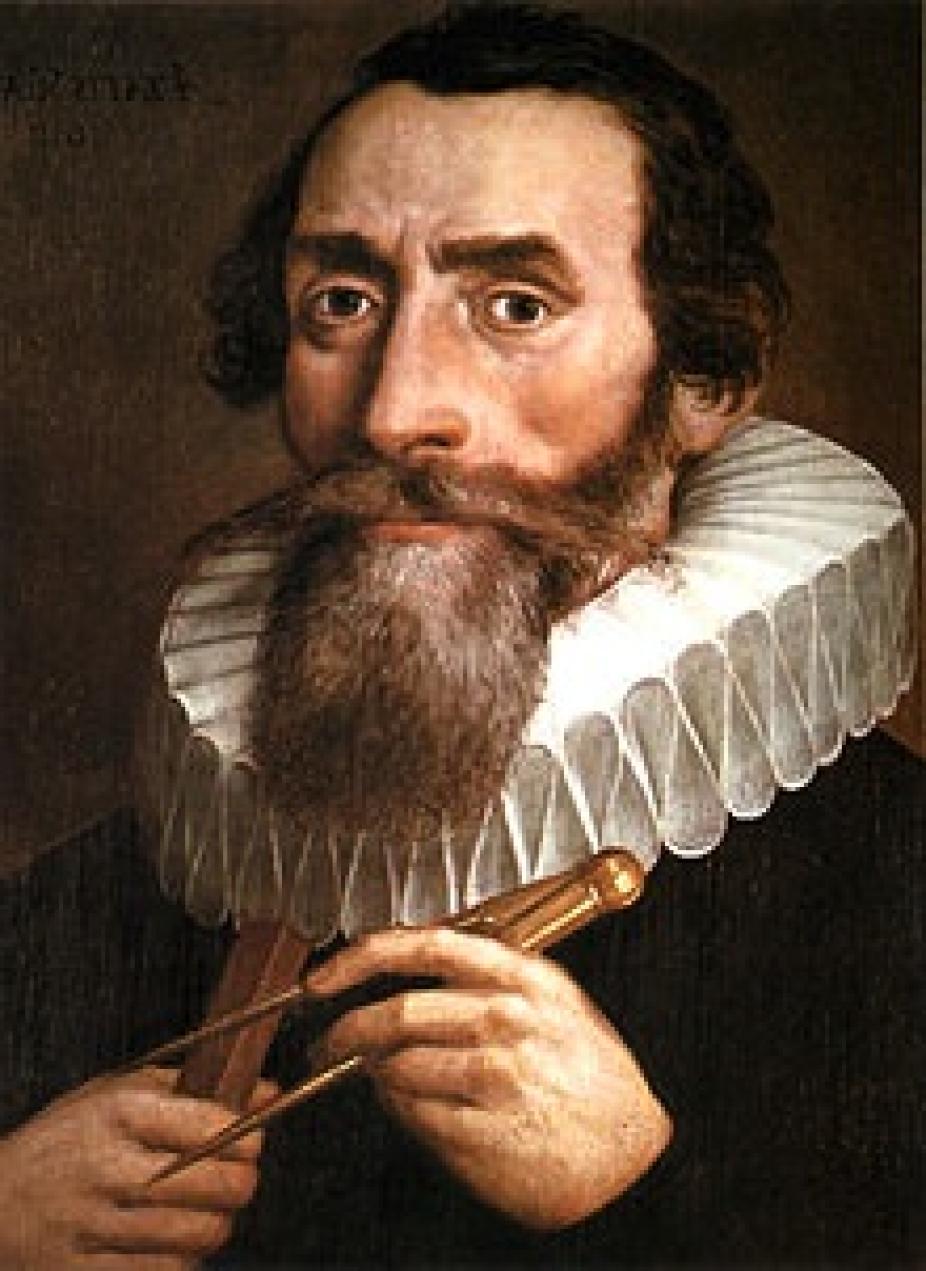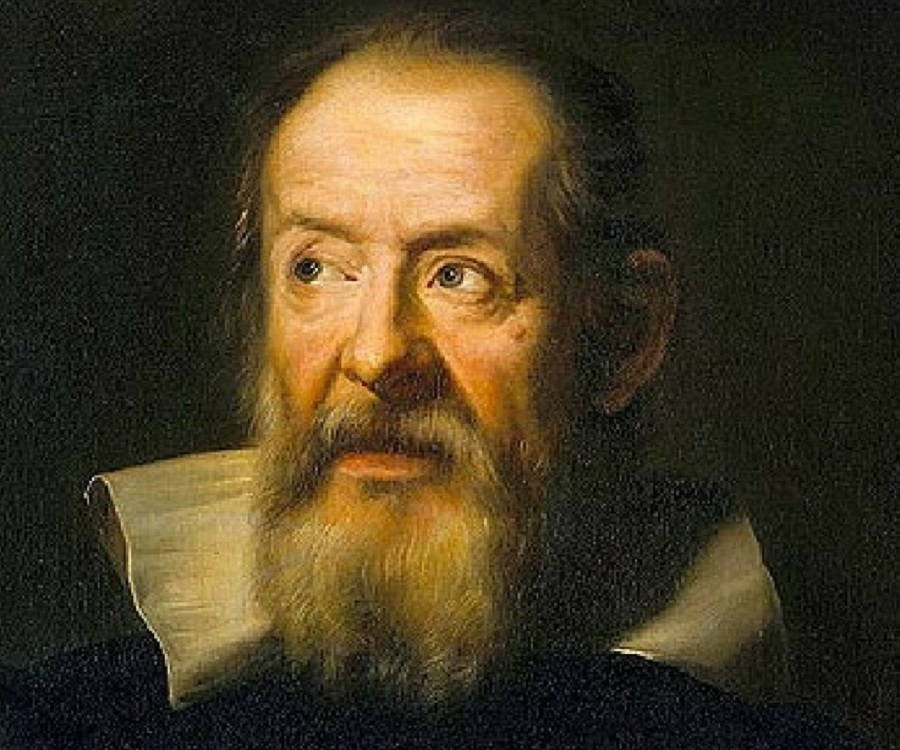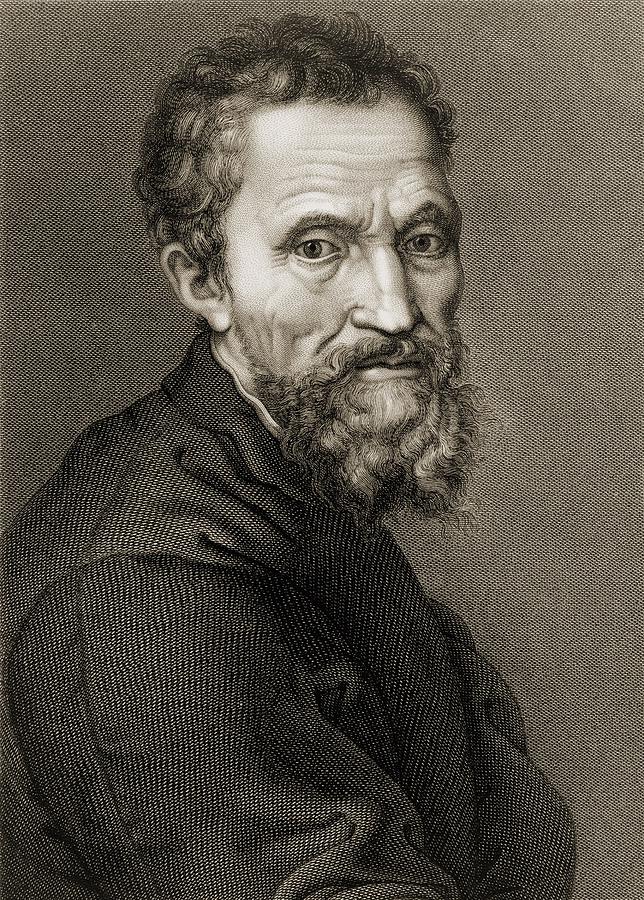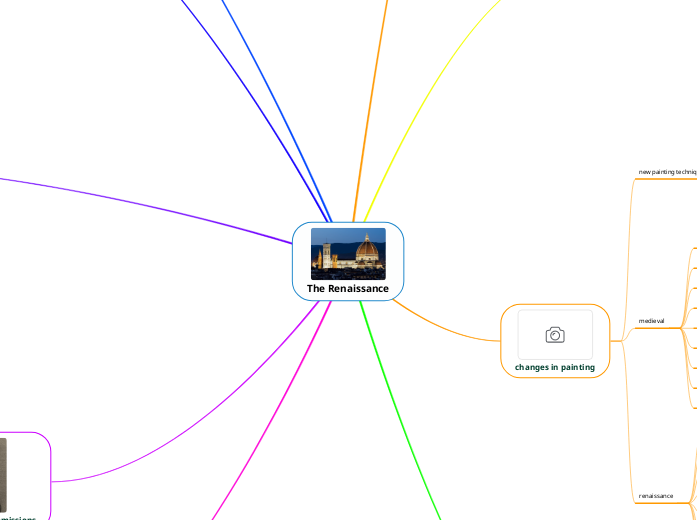/Florence-170003772-crop-56a0321b3df78cafdaa0743c.jpg)
The Renaissance
How is the Renaissance Historicly sighnificant
art
painting and sculpture
architecture
tourism
new learing
medicine
historical change
education
age of exploration
the reformation
changes of sculpture
old
lacked feelings
part of a cathedral
religious theme
new
shows feelings
more lifelike
more realistic
religious and non religious theme

changes in painting
new painting techniques
renaissance paintings also depicted nature and landscapes
frescoes became popular painting onto wet plaster so the colours absorbed into the wall
sfumato using shading to make it more lifelike
they used perspective
artists used egg yolk to bind paints
medieval
very little backround
was no realism
medieval art was not very lifelike
no depth
painted wooden panel
similar faces
lifeless
little colour
religious theme only
renaissance
painted on canvas
perspective
variety of colours
religious theme here but also other theme
classical roman style architecture
realistic people more lifelike
renaissance style clothes
art looked more real and focused on feelings and emotions
The renaissance begins in Florence
lorenzo the magnificent
the grandson of cosmico de medici
cosimo de medici
he was in Florence for 28years
he was the richest banker in Florence
results of the renaissance
the study of archaelogy and history was revived
people were encoursged to travel more and discover new land
the renaissance played a major part in the split of the church
it resulted in a significant advance in human knowledge
Changes in architecture
significant changes
buttresses and flying buttresses
pointed windows and pointed arches
rose window
spire
pointed door
Renaissance Science
/copernicus-krakow-detail-58b973453df78c353cdc4ee6.jpg)
Nicholas Copernicus view
he published his book after death from fear of the church
Nicholas Copermicus father of astronomy
he said that the earth orbited the sun

Kepler
he was german
he agreed with copermicus but said the planets orbits were ellliptical not cirular

Galileo Galilei
The famous astronomer was born in Pisa in Italy
he studied medicine but had intrest in maths
he increased the magnification on a telescope
he developed a telescope
he wrote a book of the dialogue on the two chief world systems
he was in house arrest
he made a thermometor
it took the catholic church 350 years to apoligize to him

Michelangelos commissions
Hes first commission was jesus on marys lap
details from the ststue of david shows great knowledge of anatomy and looks lifelike
Legacy
principles of turbine
only 17 paintings
notebooks
drawings of unfinished works
diverted rivers to prevent flooding
